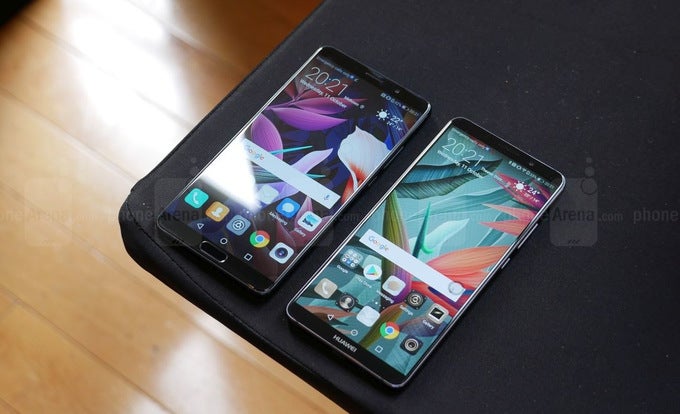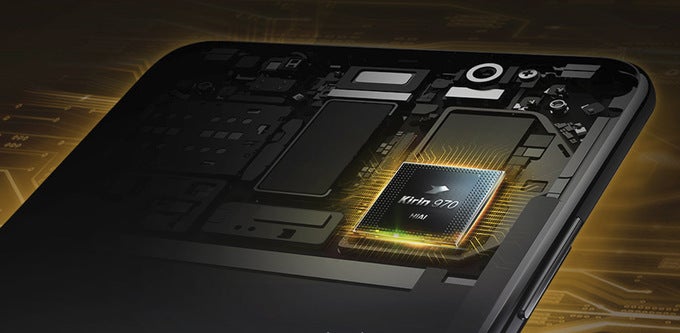Huawei Mate 10 vs Mate 10 Pro: what are the differences?

If you could have any phone in the world, regardless of price and availability, which one would it be? Chances are a Huawei handset wouldn't be at the top of the average consumer's wishlist, despite the fact that the Chinese company makes solid high-end smartphones that sell by the millions. Need an example? Well, the newly announced Huawei Mate 10 and Mate 10 Pro should do. Simply put, these two are phones built for smartphone enthusiasts and power users. They're fast and powerful, they're packed with long-lasting batteries and promising cameras, they're... very similar, but not quite identical to one another. In the paragraphs below, we'll go over what sets these two high-ends apart.
Design and display
As far as size goes, there's no denying that the Huawei Mate 10 and Mate 10 Pro are in the same category. The glass back design, the signature stripe, the camera layout only add to the list of visual traits the two have in common. But only the 6-inch Mate 10 Pro is built around the increasingly popular 18:9 display ratio, while the 5.9-inch Mate 10 sticks to a classic, 16:9 proportions. In simpler terms, this means that the Mate 10 Pro has a display that's taller, yet narrower – one that could potentially fit better in the hand and fit more of your Twitter feed on a single screen, but would show most YouTube videos with black bars on the sides.
One more display feature you should have in mind – resolution. A puzzling choice indeed, the Mate 10 packs more pixels per inch on its 5.9-inch screen, meaning that visuals on the 6-inch Mate 10 Pro might not be as sharp. On the other hand, the Mate 10 Pro features an OLED display, which should deliver images with greater contrast compared to the Mate 10 and its LCD display.
For the first time on a Huawei smartphone, water and dust resistance is present on the Mate 10 Pro. The Mate 10 doesn't have a water-resistant build, but at least it retains the 3.5mm headphone jack, while the Mate 10 Pro drops it in favor of USB-C audio output.
Presumably to fit a taller screen in its body, Huawei has moved the Mate 10 Pro's fingerprint scanner to the back of the device. On the Mate 10 that is placed below the screen. We think it is a safe bet to say that both fingerprint readers will support certain navigation gestures, as those on other recent Huawei phones do.
Memory and storage options

Both phones are powered by the same Kirin 970 SoC – a powerful piece of silicon featuring a so-called neural processing unit. The latter's purpose is to ensure the appropriate speed, responsiveness and efficiency of the device, both on a day-to-day basis and throughout its lifetime.
When it comes to memory and storage, the Huawei Mate 10 comes with 4GB of RAM, 64GB of storage, and a microSD card expansion slot. The Mate 10 Pro comes with 6GB of RAM and 128GB of storage, which is probably why there's no microSD card slot present.
Price and availability
What we know at this point in time is that both phones will be available throughout Europe. The Huawei Mate 10 will launch this month priced at 699 euro, while the Mate 10 Pro will land in early November for 799 euro. Pricing for the United States hasn't been announced yet, but we do know that only the Huawei Mate 10 Pro is set to launch in the US.















Things that are NOT allowed: